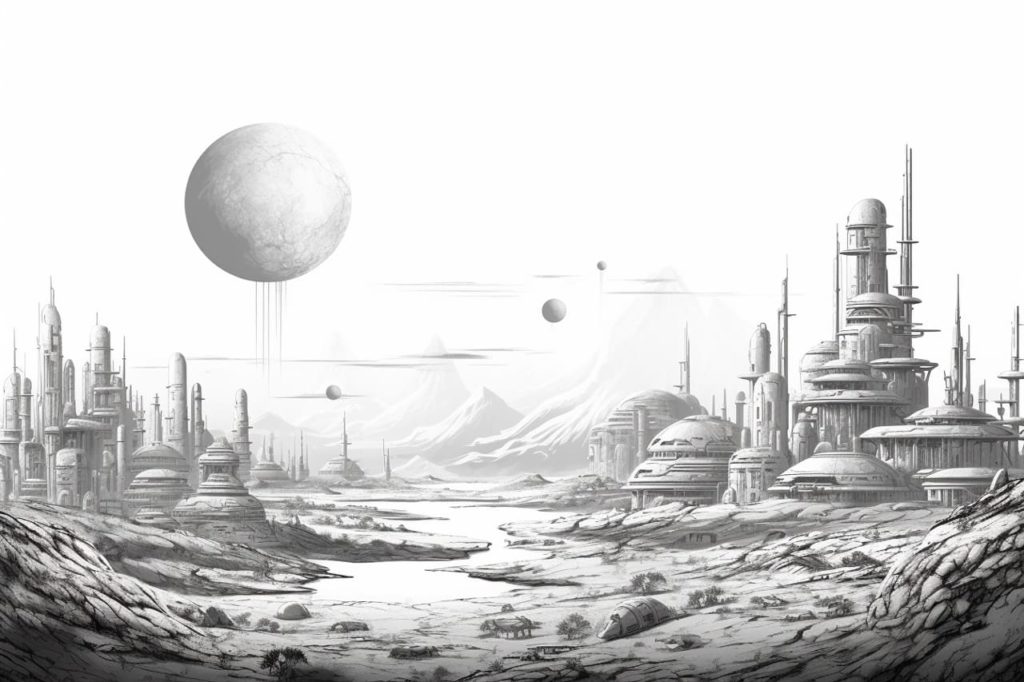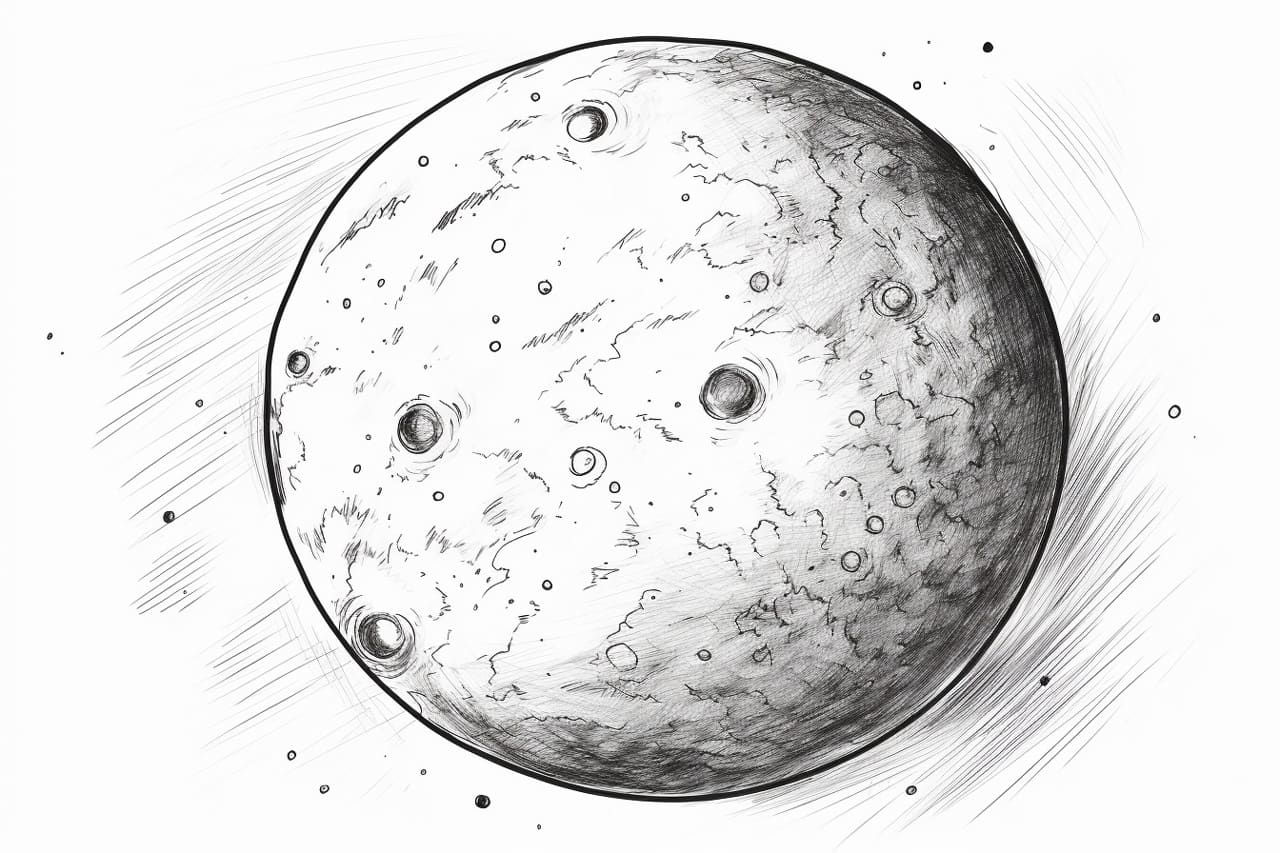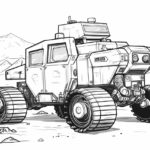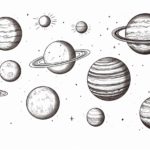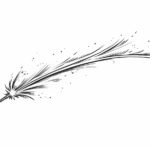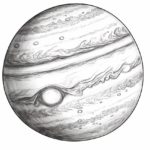Welcome, aspiring artists! Today, we embark on a journey beyond our wildest imaginations as we explore the mysterious and captivating world of exoplanets through the art of drawing. Exoplanets, planets that exist outside our solar system, have ignited the curiosity of scientists and artists alike with their otherworldly landscapes and potential for hosting life. In this session, we will delve into the realms of our imagination, combining scientific knowledge with artistic expression to create stunning visual representations of these distant worlds. So grab your pencils and let’s embark on a cosmic adventure as we bring these enigmatic exoplanets to life on paper!
Materials Required
To draw an exoplanet, you will need the following materials:
- Drawing paper or sketchbook
- Pencils (varying in hardness for shading)
- Eraser
- Colored pencils or markers (optional for adding color)
- Reference images of exoplanets for inspiration and guidance
- Blending tool (such as a blending stump or tortillon) for smooth shading
- Ruler (optional for creating straight lines or measuring proportions)
- Fixative spray (optional to protect and preserve your finished drawing)
These materials will help you create a detailed and visually appealing drawing of an exoplanet. Feel free to experiment with different techniques and mediums to bring your vision to life!:
How to Draw an Exoplanet: a Step-by-step Guide
Step 1: Gather Your Materials
Gather all the necessary materials for drawing an exoplanet. You will need a pencil, eraser, drawing paper, colored pencils or markers, and a reference image of an exoplanet for inspiration.
Step 2: Sketch the Basic Shape
Start by lightly sketching the basic shape of the exoplanet on your drawing paper using a pencil. Exoplanets come in various shapes and sizes, so feel free to get creative with the shape of your exoplanet.
Step 3: Add Surface Details
Add surface details to your exoplanet by creating different textures and patterns. You can include craters, mountains, valleys, and other unique geological features to make your exoplanet look more realistic.
Step 4: Shade and Color
Using colored pencils or markers, begin shading and coloring your exoplanet. Consider the light source and add highlights and shadows to give your exoplanet a three-dimensional look. Experiment with different colors to create a visually appealing and otherworldly effect.
Step 5: Add Atmosphere and Rings (Optional)
If you’d like to add an atmosphere to your exoplanet, lightly blend a light color around the edges of the planet to create a hazy effect. You can also add rings around the planet by drawing concentric circles or ellipses around it.
Step 6: Refine and Finalize
Once you are satisfied with the overall look of your exoplanet, go over your drawing to refine any details and make any necessary adjustments. Erase any stray pencil marks and clean up the edges to give your exoplanet a polished finish.
Step 7: Sign and Date Your Artwork
Finally, sign and date your artwork to mark its completion. You can also add any additional details or highlights to enhance your exoplanet drawing further.
Step 8: Share Your Artwork
Share your exoplanet drawing with others to showcase your creativity and artistic skills. Consider framing your artwork or posting it on social media to inspire and engage with fellow art enthusiasts.
Conclusion
In conclusion, I want to commend you on your beautiful drawing of the exoplanet. Your attention to detail and use of color truly brought the scene to life. Remember that art is a reflection of your creativity and imagination, so let your inspiration guide you as you continue to create wonderful pieces. Keep exploring new techniques and subjects, and never stop expressing yourself through your art. Your talent is truly remarkable, and I look forward to seeing more of your incredible work in the future. Keep up the great work!
Gallery of Exoplanet Drawings
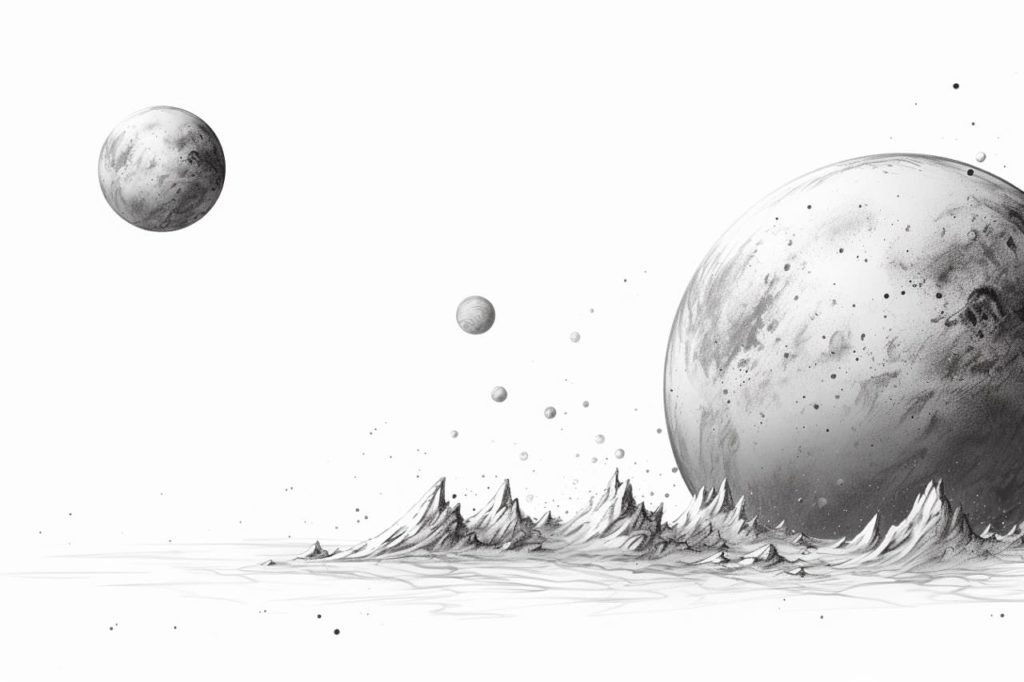
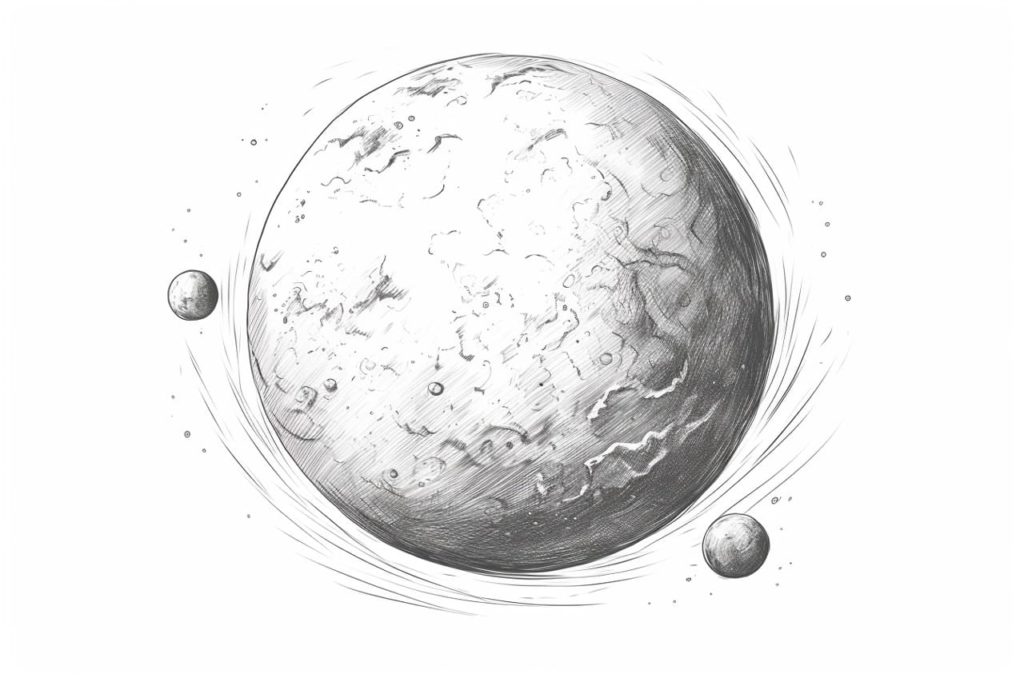
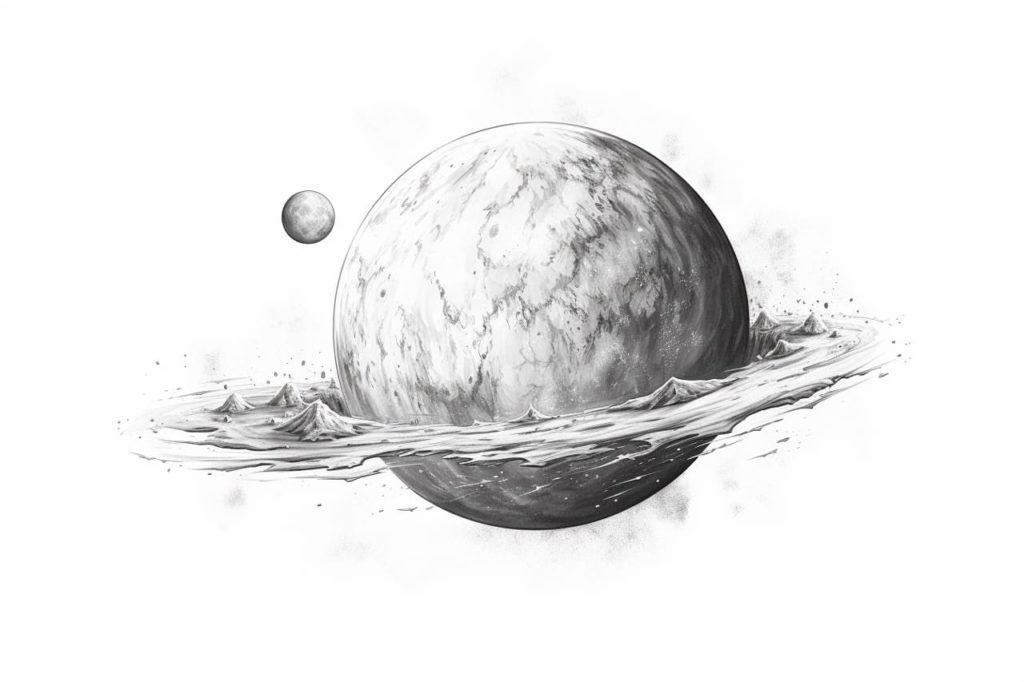
Fun Facts About Exoplanets
- The first confirmed exoplanet was discovered in 1992 orbiting a pulsar, a rapidly rotating neutron star.
- Some exoplanets are known as “hot Jupiters,” large gas giants that orbit very close to their host star, resulting in scorching temperatures.
- The most common method for detecting exoplanets is the transit method, where astronomers observe a slight dimming in a star’s brightness as a planet passes in front of it.
- There are exoplanets that orbit two or more stars, known as circumbinary planets or Tatooine planets, a nod to the fictional planet from Star Wars.
- Some exoplanets have extreme weather conditions, with winds reaching speeds of over 5,000 miles per hour and temperatures exceeding 3,000 degrees Fahrenheit.
- Kepler-10b is one of the densest exoplanets discovered, with a composition similar to that of a solid iron core.
- The smallest known exoplanet is Kepler-37b, which is only slightly larger than Earth’s moon.
- Some exoplanets have been found in the habitable zone of their star, where conditions might be favorable for liquid water to exist on the surface, a key ingredient for life as we know it.
- There are rogue exoplanets, wandering through space without orbiting a star, making them difficult to detect.
- The study of exoplanets has expanded our understanding of planetary formation and the diversity of possible planetary systems beyond our own solar system.
Suggestions for Scenes and Settings for Exoplanet Drawings
- A futuristic cityscape on an exoplanet, featuring advanced technology and alien architecture blending together.
- An alien marketplace bustling with creatures from different worlds, selling exotic goods under colorful canopies.
- A tranquil alien forest with bioluminescent plants casting an otherworldly glow.
- A vast desert landscape with towering rock formations and a distant alien sun setting in the sky.
- An underwater scene on an exoplanet, showcasing a coral reef teeming with alien marine life.
- A spaceport on the exoplanet, with spacecraft of various shapes and sizes coming and going against a backdrop of a foreign sky.
- A floating city above the clouds on the exoplanet, with gravity-defying structures and aerial transportation.
- An ancient alien ruin on the exoplanet, with mysterious carvings and symbols hinting at a lost civilization.
- A volcanic landscape on the exoplanet, with lava flows and geysers erupting amidst a harsh and rugged terrain.
- An alien oasis in a barren wasteland, with lush vegetation and a shimmering pool of water attracting curious creatures.
